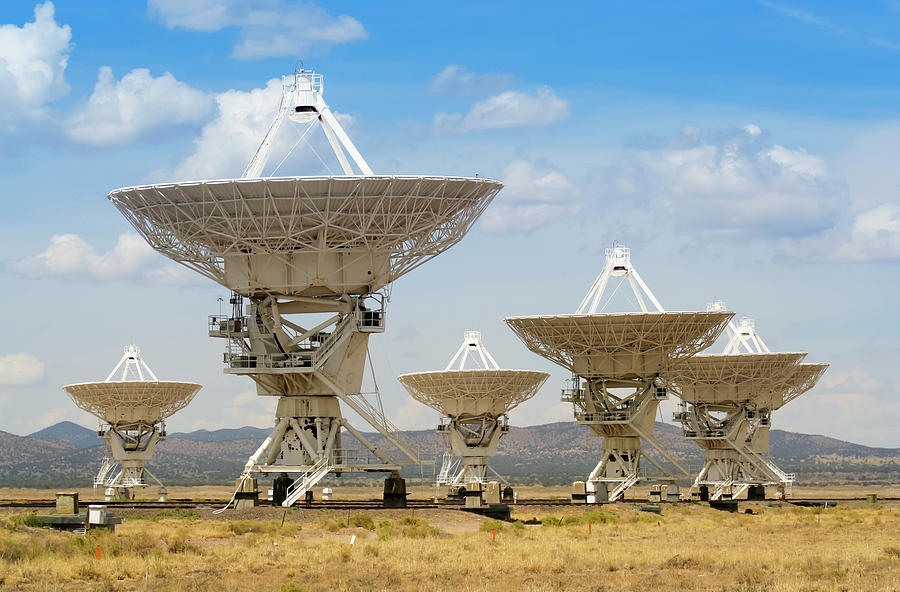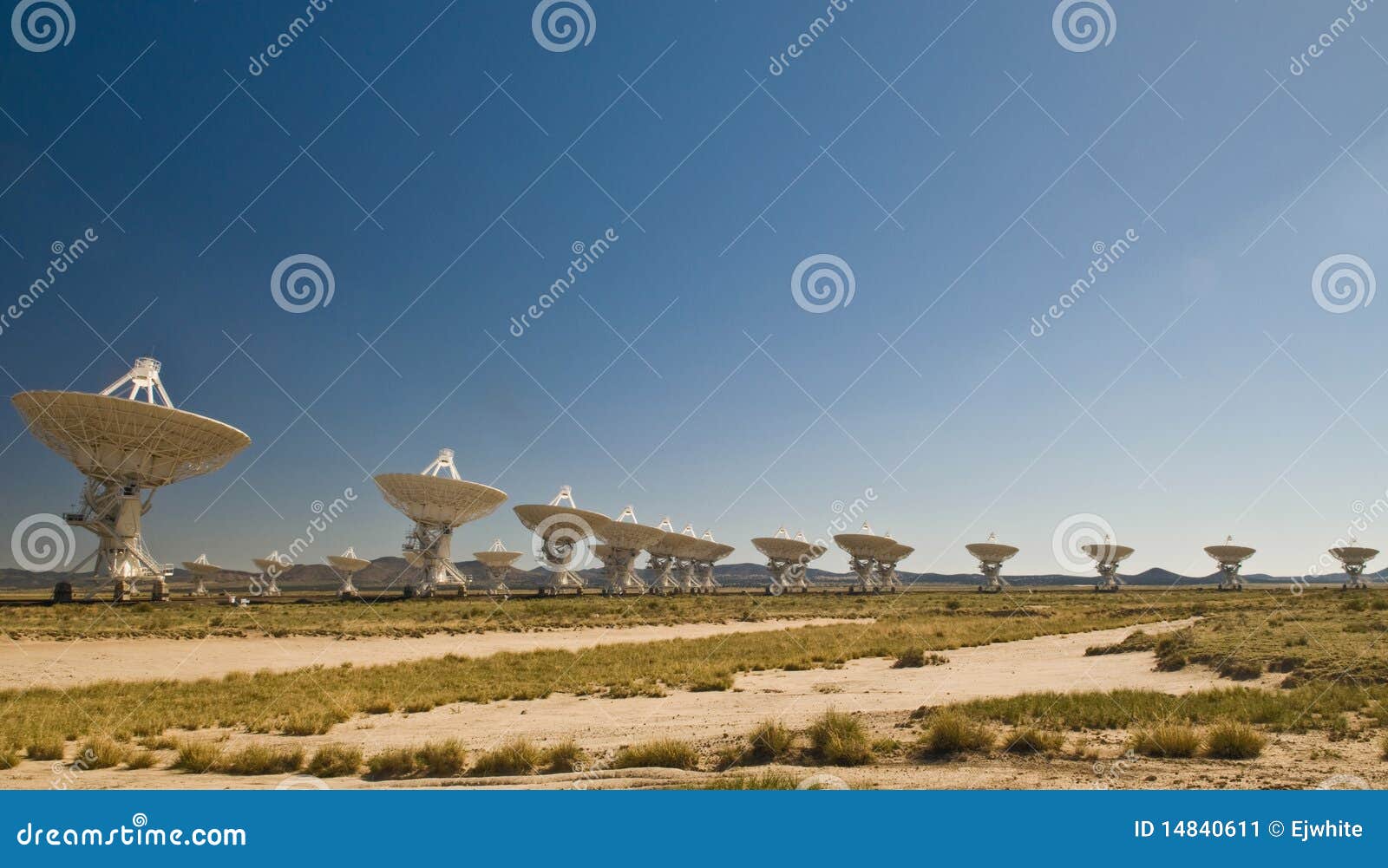
We cultivate excellence, deliver value, enhance education, and engage the public. The National Science Foundation (NSF) is an independent federal agency created by Congress in 1950 "to promote the progress of science to advance the national health, prosperity, and welfare to secure the national defense."ĪUI collaborates with the scientific community and research sponsors to plan, build, and operate cutting-edge facilities. NRAO also provides both formal and informal programs in education and public outreach for teachers, students, the general public, and the media. Observing time on NRAO telescopes is available on a competitive basis to qualified scientists after evaluation of research proposals on the basis of scientific merit, the capability of the instruments to do the work, and the availability of the telescope during the requested time. NRAO telescopes are open to all astronomers regardless of institutional or national affiliation. Indeed we are just close (by NM standards, a few miles :) to the Very Large Array, a huge set of giant radio telescopes that scientists from all over the. Operated under cooperative agreement by Associated Universities, Inc.įounded in 1956, the NRAO provides state-of-the-art radio telescope facilities for use by the international scientific community. The National Radio Astronomy Observatory is a facility of the National Science Foundation If you are on a dirt road you are not on the correct route. Please note that you may not have cellular or data reception within several miles of the VLA. Very Large Array (VLA), radio telescope system situated on the plains of San Agustin near Socorro, New Mexico, U.S. Use the Google map below to get directions to the VLA Visitor Center. Note: NRAO has offices located in Socorro, NM, and entering “Very Large Array” into direction-finding services may sometimes direct you to this location. Drive 2.5 miles and then turn right on NM-166 (Old Highway 60).Continue east on US-60 past mile marker 92 and turn right onto NM-52.Just past mile marker 90 you will cross rail road tracks that mark the North arm of the array. When driving east from the Arizona border on US-60: Drive 1.6 miles and the VLA Visitor Center will be on your right.

Drive 2.5 miles then turn right on NM-166 (Old Highway 60).Turn left onto NM-52 just west of mile marker 93.Travel through the small town of Magdalena and continue on US-60.Staff members emphasize that their work does not involve a search for life on other planets.The Very Large Array Radio Telescope is a two hour drive from Albuquerque, 50 miles west of Socorro, New Mexico.

Visitors are permitted to stroll right up to the array on a self-guided walking tour that begins at the unstaffed visitor center. Hundreds of scientists from around the world travel to this windy, remote spot to research black holes, colliding galaxies, and exploding stars, as well as to chart the movements of planets. The telescope chronicles the birth and death of stars and galaxies from 10 to 12 billion light-years away.
#Very large array new mexico movie
The antennas, which provided an impressive backdrop for the movie Contact, based on the Carl Sagan book, form the largest, most advanced radio telescope in the world.
#Very large array new mexico series
The array is part of a series of facilities that compose the National Radio Astronomy Observatory. The complex's dish-shaped "ears," each weighing 230 tons, are tuned in to the cosmos. With its 27 glistening-white 80-foot radio-telescope antennae arranged in patterns (their configuration is altered every four months or so), the Very Large Array is a startling sight when spotted along the Plains of San Augustin. Visitors are permitted to stroll right up to the array on a self-guided walking tour that begins at the unstaffed.

It lies in central New Mexico on the Plains of San Agustin, between the towns of Magdalena and Datil, approximately 50 miles (80 km) west of Socorro. The array is part of a series of facilities that compose the National Radio Astronomy Observatory. Jansky Very Large Array (VLA) is a centimeter-wavelength radio astronomy observatory in the southwestern United States.


 0 kommentar(er)
0 kommentar(er)
